Using Facebook Ads to Boost COVID-19 Vaccination Uptake: Lessons from Guatemala
Using Facebook Ads to Boost COVID-19 Vaccination Uptake: Lessons from Guatemala
by Sarah McKee
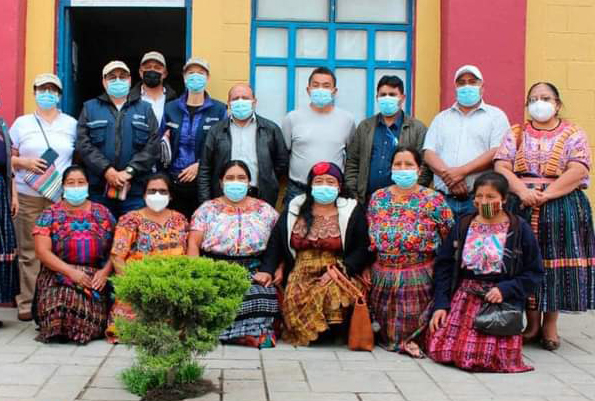
For the MSH-led Healthy Mothers and Babies in Guatemala project, locally known as Utz’ Na’n, community engagement is a core strategy for working with and meeting the needs of the unique population of pregnant indigenous women and adolescents in the departments of Quetzaltenango and San Marcos. Throughout the pandemic, access to many essential services, including antenatal care, decreased dramatically, and when the COVID-19 vaccine was first introduced, there was concern about its safety for pregnant women. Our project’s strategy and target population positioned us to partner with Meta to pilot a Social Behavior Change Communications ad campaign on Facebook to increase COVID-19 vaccine uptake in Guatemala.
- Campaigns need to be adaptable to complex, changing environments and closely aligned to local efforts
- Our ads were seen by more than 1.7 million women in three departments of Guatemala
- Women who saw our ad campaign were more confident they could access vaccines in Guatemala compared to women who did not see our ads
Aligning with Local Efforts
We started by identifying the target audience for our campaign as pregnant women in the two departments where Utz’ Na’n works, which had among the highest numbers of Facebook users in the country. Our local partner, the Observatory for Sexual and Reproductive Health, was already working with the Guatemala Ministry of Health to create a campaign to raise awareness on the importance of the COVID-19 vaccine among pregnant women, which allowed us to align our messaging to complement this national media campaign. However, timing was not on our side. The Ministry of Health wanted to start its mass media campaign at the end of the year, whereas our Facebook campaign needed to be launched in early October 2021. We wanted to complement rather than duplicate the Ministry of Health’s efforts, so it was back to the drawing board.
Adapting to the Constantly Changing Landscape
During the two-month period when we designed our Facebook ad campaign, Guatemala saw mass protests, multiple lockdowns, limited supply of vaccines, and the resignation of the Minister of Health. It seemed as though every week new information or a new event was happening that could influence how people would receive or react to our ad campaign encouraging COVID-19 vaccine uptake. Due to the rising tensions throughout Guatemala and to complement the Ministry of Health’s planned mass media campaign, we reworked our campaign’s focus to address the top reasons for vaccine hesitancy in Guatemala, which were misinformation around safety and concern about side effects of the COVID-19 vaccine.1
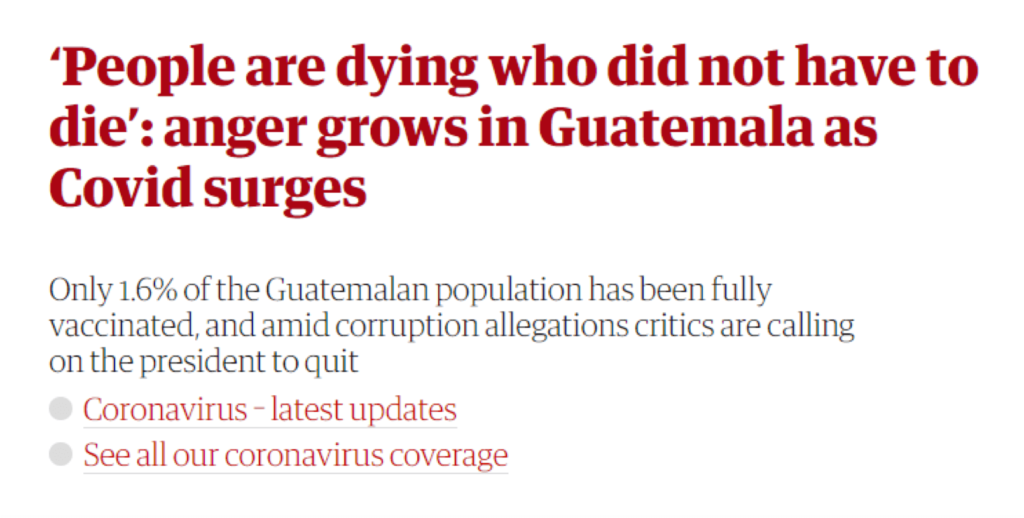
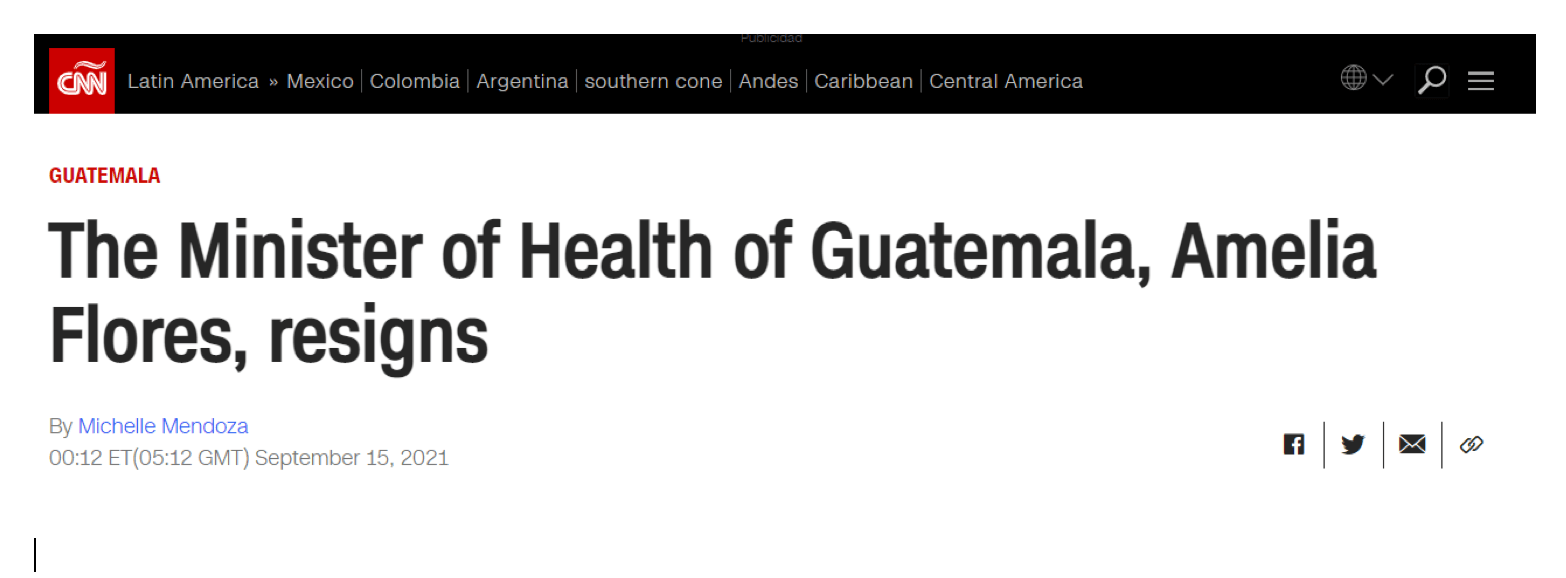
Having a team working locally was critical to staying informed of the changing landscape and narrowing down the right messages for the campaign. The team noted that although many people in their communities were getting their first dose, a lot were not returning for their second dose or could not find a vaccination center that carried the same brand as their first dose. At the time, there were four vaccine brands—Pfizer, Moderna, Sputnik, and AstraZeneca—being distributed in Guatemala, and mixing and matching brands between the first and second doses is not recommended.
Third Time’s the Charm
After identifying these unique challenges, we adapted our ads to encourage women to get their second COVID-19 vaccine shot by connecting them to a new government-run website with information on which facilities are offering vaccines, their locations and hours of operation, and which vaccine brands are in stock. The campaign specifically targeted women because at the time women were getting vaccinated at lower rates (53%) than men (75%) in Guatemala.2
We created three ads that were seen by more than 1.7 million women3 in Guatemala City and the departments of Quetzaltenango and San Marcos. Of those, 281,334 clicked on an ad leading them to the government website to find information on vaccination sites. To put this in perspective, about 20% of female Facebook users under the age of 35 in these three departments, which is between 1.5 – 1.7 million, went to the website to find information on vaccination sites.
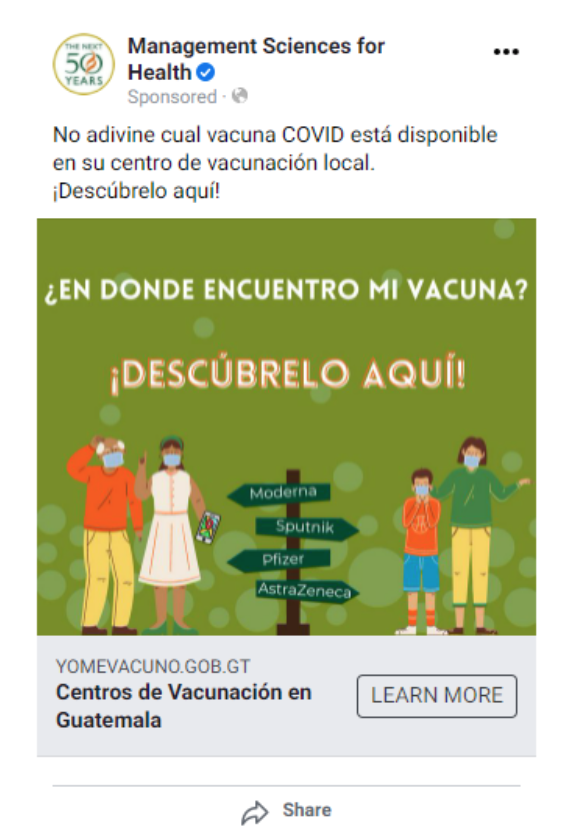

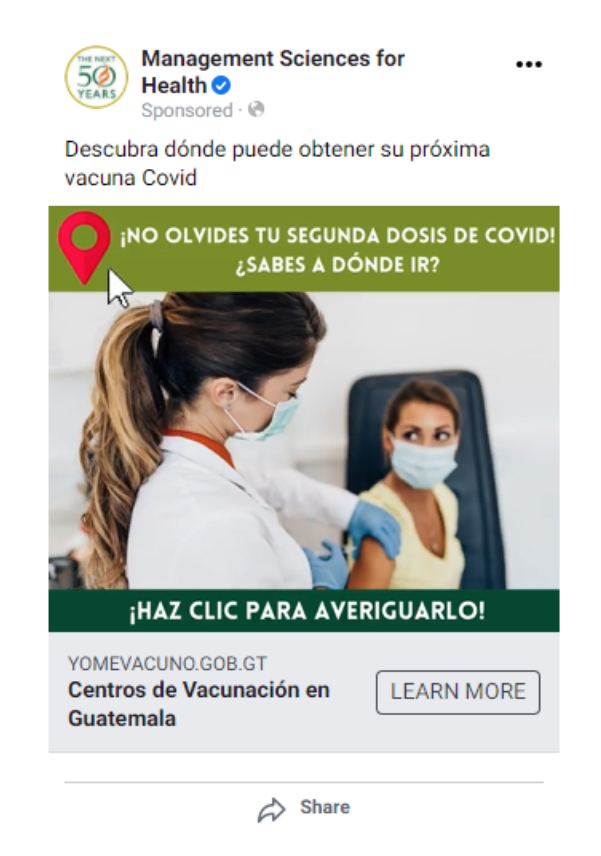
We also worked with Meta to run a brand lift study on our campaign to measure how it impacted our target audience’s confidence in being able to access COVID-19 vaccines. Based on the brand lift results, the women who saw our ad campaign were 3.7 percentage points more likely to say they were confident they could access vaccines compared to women who did not see our ads.
Lessons for Future Campaigns
Based on the data we collected, the work we put into understanding the context we were operating in was successful in raising awareness and knowledge of how to get the appropriate second vaccine dose among the target audience. As we look to new ways of using Meta technologies and social media more broadly to promote demand for high-quality health services, we will be sure to incorporate the essential lessons we gained from this pilot.
Three Key Takeaways
- Align: Look at local needs, ongoing efforts, and key stakeholder priorities to complement messaging and avoid duplication.
- Adapt: Know the local environment to ensure that the campaign is responsive to the current context. Don’t run a campaign that is out of touch or insensitive!
- Start over: Don’t be afraid to start over if the messaging isn’t right for the current context. Sometimes you have the right message at the wrong time or vice versa.
Special thanks to our Guatemala team: Felipe Lopez, Cristina Maldonado, Gustavo Barrios, Martha Murdock, and Sara Weinstein.
- Data on vaccine hesitancy pulled from the COVID-19 Trends and Impact Survey (CTIS) launched by Meta, the Delphi Group at Carnegie Mellon University, and the University of Maryland Social Data Science Center
- https://tablerocovid.mspas.gob.gt/
- This number represents the number of unique viewers who saw the ad, this does not include multiple views of the ad by the same people
Press Contact
Please direct all press inquiries to Jordan Coriza at jcoriza@msh.org or 617-250-9107